History of banking (I)
Only those who were old enough to go to a banking hall in
the ‘60s, ‘70s, and even in the ‘80s, would truly understand the radical
revolution that has occurred in the banking sector over the years. Banking halls in the ‘70s to early ‘90s were
characterised by afro-donning sombrely dressed bankers with massive neckties
and calculators in their pockets. Office gadgets back then ranged from noisy
typewriters to adding machines and tippex to overwrite type-written errors.
Customers were expected to arrive early for cash deposits, withdrawals or to
request for bank drafts. Tally numbers were distributed and customers were
always overawed by the imposing attitude of thick-lensed “cashiers”.
the ‘60s, ‘70s, and even in the ‘80s, would truly understand the radical
revolution that has occurred in the banking sector over the years. Banking halls in the ‘70s to early ‘90s were
characterised by afro-donning sombrely dressed bankers with massive neckties
and calculators in their pockets. Office gadgets back then ranged from noisy
typewriters to adding machines and tippex to overwrite type-written errors.
Customers were expected to arrive early for cash deposits, withdrawals or to
request for bank drafts. Tally numbers were distributed and customers were
always overawed by the imposing attitude of thick-lensed “cashiers”.
Fast forward to the turn of the millennium and the face of
modern day banking has undergone incredible changes within the space of a
decade. Modern banking halls are usually quiet, with few customers being
attended to within seconds or a few minutes. Bank employees are now
celebrity-like snazzily dressed fashion kings and queens. Computers have
replaced the noisy typewriters and adding machines. Highly secure Server rooms
now transmit terabytes of data within microseconds and customer service has
greatly been enhanced. Dealing rooms are also much quieter these days as
traders quietly go about their transactions using web-based platforms spread
across multiple computer screens that require just a click to buy or sell;
borrow or lend money. Indeed, the world
of banking has been one of the largest beneficiaries of Ai or the technology
revolution.
modern day banking has undergone incredible changes within the space of a
decade. Modern banking halls are usually quiet, with few customers being
attended to within seconds or a few minutes. Bank employees are now
celebrity-like snazzily dressed fashion kings and queens. Computers have
replaced the noisy typewriters and adding machines. Highly secure Server rooms
now transmit terabytes of data within microseconds and customer service has
greatly been enhanced. Dealing rooms are also much quieter these days as
traders quietly go about their transactions using web-based platforms spread
across multiple computer screens that require just a click to buy or sell;
borrow or lend money. Indeed, the world
of banking has been one of the largest beneficiaries of Ai or the technology
revolution.
The history of banking can be traced back to the first
prototype banks which were the merchants of the world. They made grain loans to
farmers and traders who carried goods between cities. This was around 2000 BC
in Assyria, India and Sumeria. Later, in ancient Greece and during the Roman
Empire, lenders based in temples made loans, while accepting deposits and
performing change of money.
prototype banks which were the merchants of the world. They made grain loans to
farmers and traders who carried goods between cities. This was around 2000 BC
in Assyria, India and Sumeria. Later, in ancient Greece and during the Roman
Empire, lenders based in temples made loans, while accepting deposits and
performing change of money.
Bringing the chronology closer home, Africa has also been a
beneficiary of banking services for centuries even though it is quite unclear
which is the oldest bank in Africa and if that bank still exists today.
beneficiary of banking services for centuries even though it is quite unclear
which is the oldest bank in Africa and if that bank still exists today.
The first bank to be established in South Africa, the
Lombaard Bank in Cape Town, is one of the oldest banks in Africa. The bank
opened its doors for business on 23 April 1793. The earliest proposals for the
establishment of a central bank in South Africa were made as far back as 1879 –
calls that were repeated for the following few years, until a select committee,
consisting of the ten members of Parliament was established on 31 March 1920 to
examine the practicalities of establishing a central bank. Following on the
recommendations of the committee, the South African Reserve Bank opened for
business on 30 June 1921, making it the oldest central bank in Africa. The
first banknotes were issued to the public by the Bank on 19 April 1922.
Lombaard Bank in Cape Town, is one of the oldest banks in Africa. The bank
opened its doors for business on 23 April 1793. The earliest proposals for the
establishment of a central bank in South Africa were made as far back as 1879 –
calls that were repeated for the following few years, until a select committee,
consisting of the ten members of Parliament was established on 31 March 1920 to
examine the practicalities of establishing a central bank. Following on the
recommendations of the committee, the South African Reserve Bank opened for
business on 30 June 1921, making it the oldest central bank in Africa. The
first banknotes were issued to the public by the Bank on 19 April 1922.
In North Africa, Tunisia’s oldest bank, Banque de Tunisie,
was created in 1884 with its headquarters located in Tunis. National Bank of
Egypt (NBE) is the oldest and largest bank in Egypt established in 1898.
was created in 1884 with its headquarters located in Tunis. National Bank of
Egypt (NBE) is the oldest and largest bank in Egypt established in 1898.
In Francophone West Africa, Banque d’Afrique Occidentale,
also known as BAO was established by French colonial authorities in 1901 in
Dakar, Senegal as the central bank of the colonies of French West Africa. BAO
was originally created by the expansion of the Banque du Sénégal (itself
created by the French on 21 December 1853). BAO later expanded to include
French Equitorial Africa to administer the common currency of French West
Africa. Although it was a private investment bank, the French government
authorized it to print currency, and its board always included colonial
officials. Following independence, the BAO was re-chartered as the central bank
for the francophone countries of West Africa. On 22 November 1962, the bank was
renamed the Banque des Etats de l’Afrique Centrale (BEAC) and the CFA Franc was
renamed the Franc de la Coopération Financière en Afrique Centrale (The CFA
franc).
also known as BAO was established by French colonial authorities in 1901 in
Dakar, Senegal as the central bank of the colonies of French West Africa. BAO
was originally created by the expansion of the Banque du Sénégal (itself
created by the French on 21 December 1853). BAO later expanded to include
French Equitorial Africa to administer the common currency of French West
Africa. Although it was a private investment bank, the French government
authorized it to print currency, and its board always included colonial
officials. Following independence, the BAO was re-chartered as the central bank
for the francophone countries of West Africa. On 22 November 1962, the bank was
renamed the Banque des Etats de l’Afrique Centrale (BEAC) and the CFA Franc was
renamed the Franc de la Coopération Financière en Afrique Centrale (The CFA
franc).










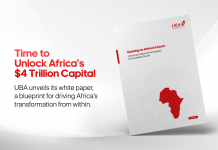

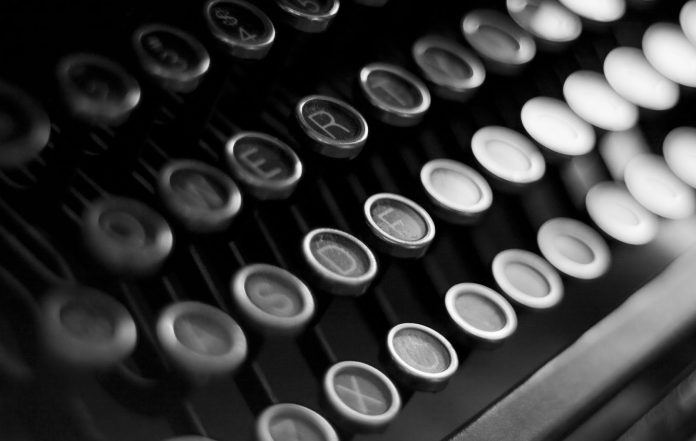
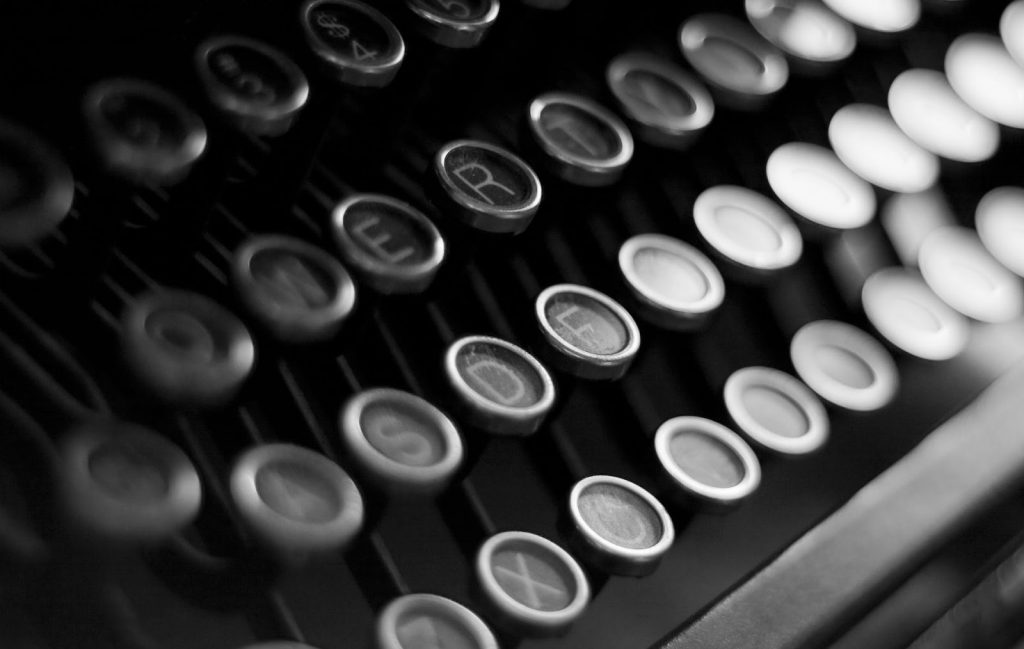
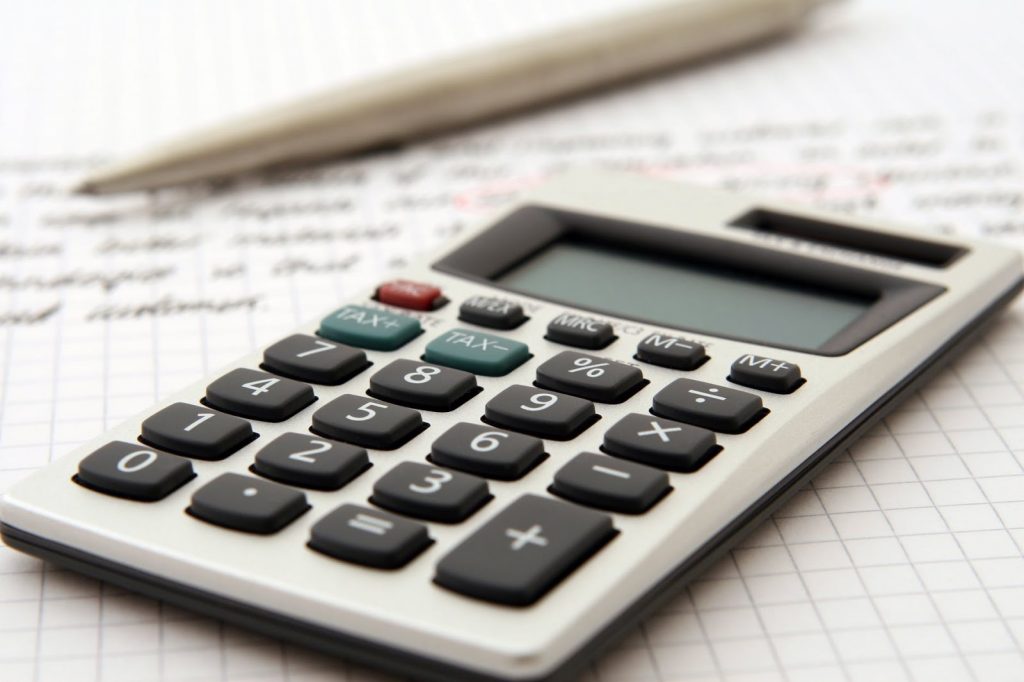
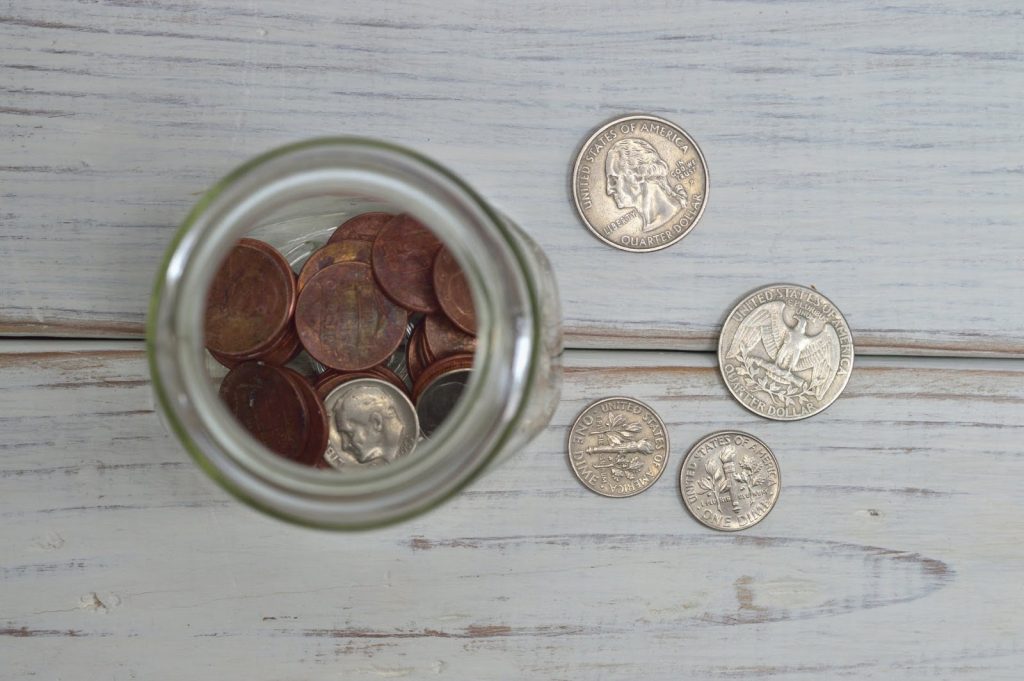










Bonne chance et beaucoup de succès dans les activités